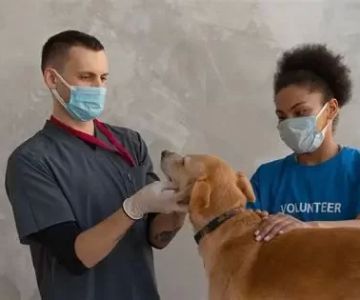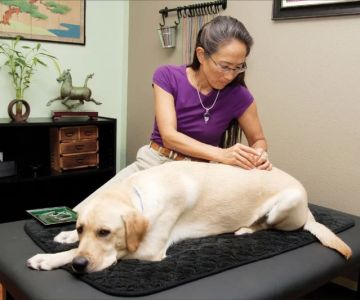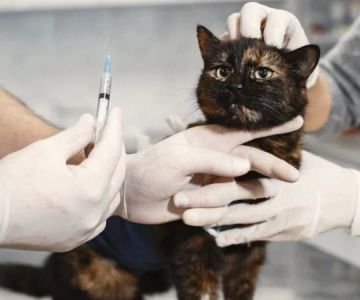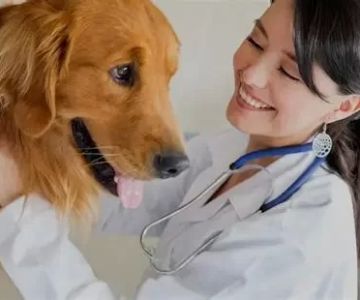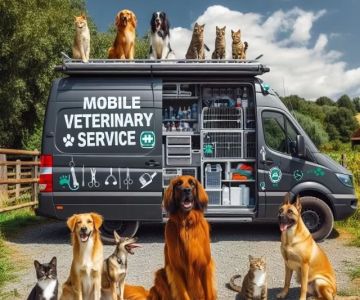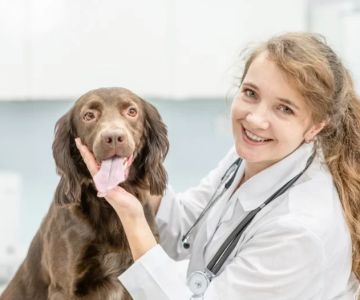A Day Working in the Boots of a Large Animal Veterinarian
- early-morning-calls-farm-visit-preparation
- midday-emergency-cow-down-in-the-field
- afternoon-consultations-preventive-care
- real-case-study-surgery-on-a-dairy-cow
- end-of-day-reflections-and-records
1. Early Morning Calls: Farm Visit Preparation
My day as a large animal veterinarian starts well before sunrise. The moment I pour my first cup of coffee, the phone buzzes with updates from local farms. This morning, I’m heading to a sheep farm dealing with birthing complications. As I load the truck with equipment—OB sleeves, medications, IV fluids—I'm reminded how essential preparation is in this profession.
Each day is different. Some mornings it's a sick goat, other times it’s a vaccination schedule for an entire herd. Living this life, you quickly learn that flexibility is as important as clinical skill in the routine of a livestock veterinarian.
2. Midday Emergency: Cow Down in the Field
A call comes through just after 11 a.m.—a dairy cow is down, possibly from milk fever. I detour to the pasture and find the farmer already beside her. This is the kind of real-time, high-stakes challenge that defines a day in the life of a large animal veterinarian. Diagnosing quickly, administering calcium IVs, and monitoring the cow’s recovery, all while explaining the condition to the farmer in plain terms—it’s intense but deeply fulfilling.
This case also reflects why mobile veterinary clinics are so critical in rural areas. Often, the animals are too big or ill to move, so we bring the clinic to them.
3. Afternoon Consultations: Preventive Care and Herd Management
After the emergency, the day shifts into routine herd consultations. I visit three more farms to perform wellness checks on cattle and horses. At one site, I discuss parasite control programs and nutritional plans. At another, I conduct pregnancy checks on mares. It's during these visits that I reinforce preventive care strategies with clients.
Veterinary care for cows and horses isn’t only about treating disease—it's about creating long-term plans to prevent illness, improve productivity, and ensure animal welfare. This part of my job is where science meets practical farm knowledge.
4. Real Case Study: Surgery on a Dairy Cow
One of the most unforgettable moments of my career happened during a routine checkup that turned into an emergency. A Holstein cow had a twisted abomasum—a condition that, if not treated quickly, can be fatal. I performed the surgery on-site, with the farmer assisting. It was muddy, the wind biting, but the operation went smoothly.
Three days later, the farmer called to say she was back on her feet and eating again. That story is still one of my proudest moments and shows what a large animal vet can accomplish in the field. This job is full of such unsung victories.
5. End of Day: Reflections and Records
Back at my office, I log every visit, treatment, and prescription. Veterinary documentation is vital for both legal and health-tracking reasons. I reflect on the animals I treated and the people I worked with. There’s something grounding about writing up notes after a chaotic day.
This lifestyle isn't for everyone. It’s physically demanding, emotionally taxing, and often unpredictable. But for those of us who love animals and thrive on solving complex challenges in ever-changing environments, it’s a dream come true. A day in the life of a large animal veterinarian is never boring, and always worth it.
If you're interested in pursuing this career or finding a reliable veterinarian for your livestock, trust in clinics that specialize in rural veterinary care and field-based services. We always recommend starting your search at trusted providers who understand both the science and soul of farm animal health.

